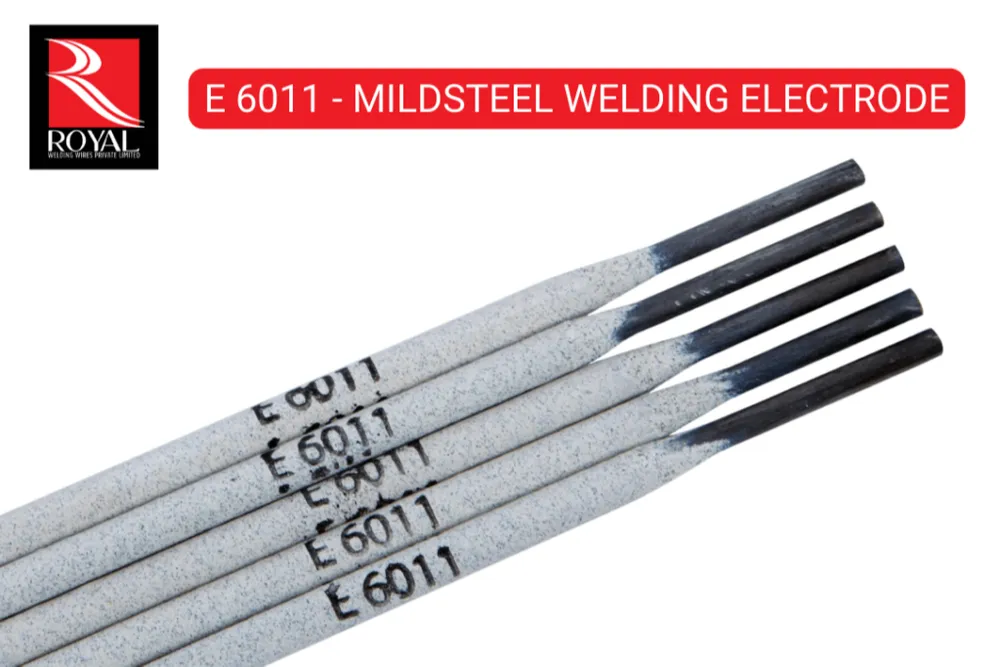comprehensive information about welding electrode selection for SMAW (Shielded Metal Arc Welding) process. It includes electrode types, sizes & tips.
Introduction
Welding is an essential skill across various industries, from construction to automotive. As such, the importance of selecting the correct welding electrode for a given job cannot be overstated.
Various welding electrode options are available, and each has unique properties and strengths that make it suitable for different welding applications.

The Shielded Metal Arc Welding (SMAW) process is one of the most popular welding processes, and it requires the proper selection of welding electrodes for the job.
In this blog post, we’ll look at the different types of welding electrodes available for use in SMAW welding, and we’ll provide a guide that explains how to select suitable electrodes for your welding project.
Fundamentals of Shielded Metal Arc Welding (SMAW): A Comprehensive Guide
Shielded metal arc welding (SMAW), also known as manual metal arc (MMA) welding or stick welding, is a widely used welding technique involving a consumable electrode coated in flux to create an electric arc and generate heat for welding.
| Electrode Class | AWS Numbering System | Characteristics | Applications | Recommended Current | Preheat/Interpass Temp. |
|---|---|---|---|---|---|
| Carbon steel | E6010 | High cellulose content, deep penetration | Structural steel, heavy plate | DCEN | 150-200°F (66-93°C) |
| Low-alloy steel | E8010-E80T1 | Iron powder and low-alloy elements for increased strength and toughness | Pressure vessels, piping | DCEN | 250-350°F (121-177°C) |
| Stainless steel | E308-E347 | Chromium and nickel for corrosion resistance | Food processing, chemical processing | DCEP | 350-450°F (177-232°C) |
| Aluminum | E4043 | Aluminum and silicon for high conductivity and penetration | Aluminum alloys, aircraft parts | DCEN | N/A |
| Cast iron | E6010 | High cellulose content, deep penetration | Cast iron, high-alloy steels | DCEN | N/A |
| Nickel | ENi-1 | Nickel and iron for high strength and corrosion resistance | Nuclear power plants, offshore platforms | DCEP | N/A |
In SMAW, the electrode is held by the welder and manually guided along the weld joint, with the arc and molten metal being shielded by the flux coating on the electrode. This produces a weld bead with a characteristic appearance and mechanical properties.
SMAW is a versatile welding process that can be used on various materials, including ferrous and non-ferrous metals, low- and high-alloy steels, cast iron, and nickel alloys.
It is beneficial for welding in hard-to-reach areas and repair and maintenance work, as it does not require complex equipment or specialized training.
Maximize Your Welding Success with Our Expert Electrode Selection – Get Your SMAW Guide Now and Unleash Your Potential Today

AWS Classification and Numbering System for Shielded Metal Arc Welding (SMAW) Electrodes
| AWS Classification | Coating Type | Tensile Strength (psi) | Current Range | Welding Positions |
|---|---|---|---|---|
| E6010 | Iron powder | 60,000 | DC RP | All, except vertical down |
| E7018 | Low-hydrogen potassium-iron powder | 70,000 | AC/DC SP | All, including vertical down |
| E7024 | Low-hydrogen potassium-iron powder | 70,000 | AC/DC SP | Flat and horizontal |
The American Welding Society (AWS) has developed a classification and numbering system for shielded metal arc welding (SMAW) electrodes, also known as manual metal arc (MMA) electrodes, to provide a standard and consistent method for identifying and selecting the right electrode for a particular welding application.

In the AWS numbering system, the first two digits of the electrode classification represent the tensile strength of the deposited weld metal, measured in pounds per square inch (psi). For example, an electrode with the classification E6010 would have a tensile strength of 60,000 psi.
